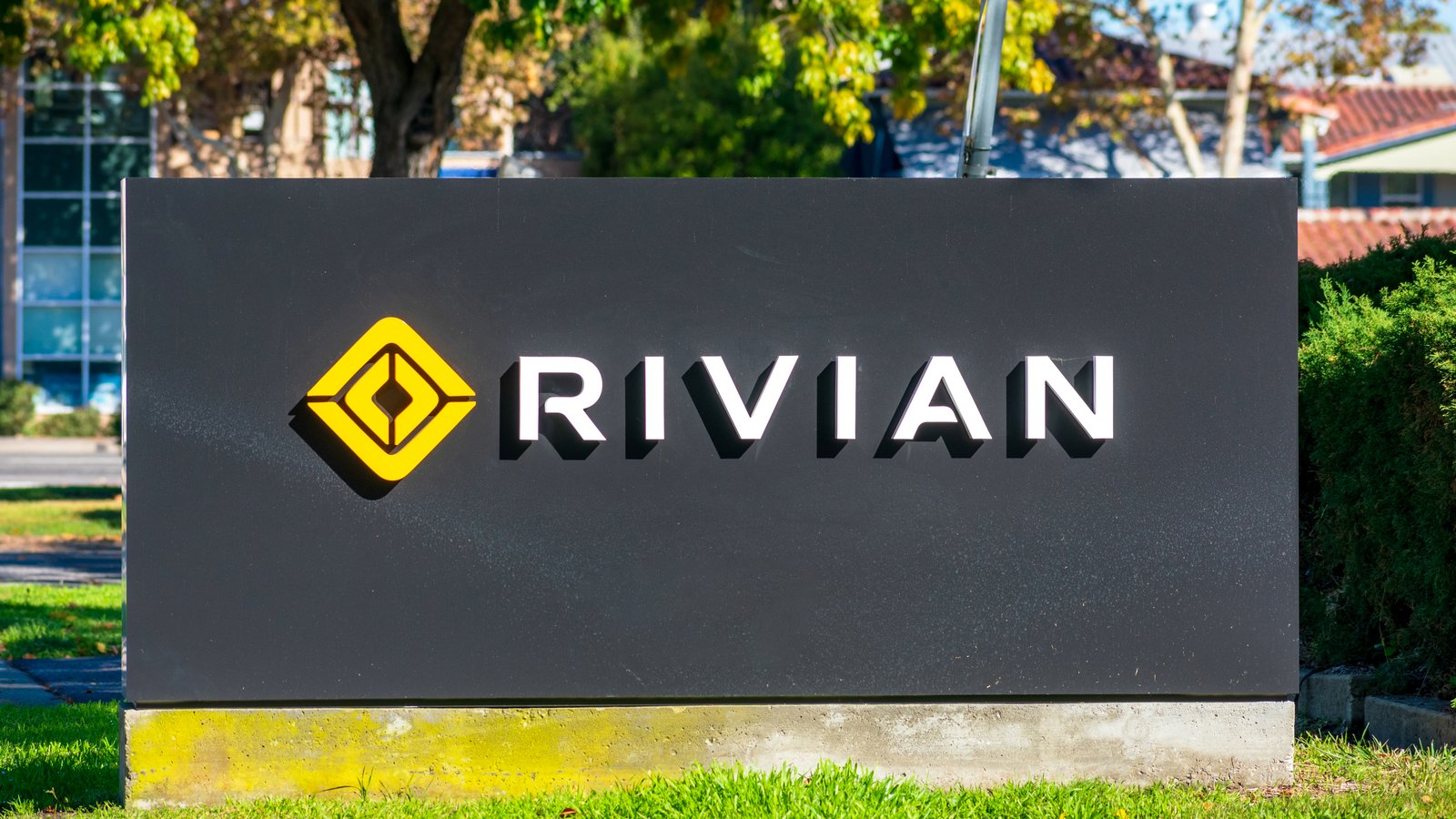The last time I wrote about Rivian Automotive (NASDAQ:RIVN) stock was in late November. Boy, have time changed. My look at Rivian came about three weeks after the stock went public in what was the largest initial public offering (IPO for a U.S. company since Facebook, now known as Meta Platforms (NASDAQ:FB)

The gist of that article? Don’t buy RIVN stock, I said. It’s wildly overpriced and was already starting to drop from its post-IPO high of nearly $180.
While I was bearish on Rivian, I wish I could take credit for knowing what would happen next — supply chain woes, production issues and the absolute hammering tech stocks and electric vehicles companies took in the first quarter of 2022.
Now $120 a share’s a distant memory for RIVN stock. So is that IPO price of $78. At this writing, Rivian is trading for about $40 per share and analysts are jumping ship left and right.
“Since its IPO in late 2021 the Rivian story has been a bad episode out of The Twilight Zone for the Street … To say the Rivian story has been disappointing to us (and the Street) so far would be an understatement,” Wedbush analyst Dan Ives wrote in a research note.
Rivian Stock at a Glance
Rivian got a lot of early attention because of its relationship with Amazon (NASDAQ:AMZN). The online retail juggernaut has a 18% stake in the company and has already ordered 100,000 Rivian electric delivery vans for its fleet. Ford (NYSE:F) also is a major backer, owning about 12%.
Its flagship product is the RT1 pickup truck. With a starting cost of $67,500, the RT1 has an estimated range of 314 miles. Rivian says it can tow up to 11,000 pounds and accelerate from zero to 60 miles per hour in three seconds.
The company had backlog of 55,400 pre-orders before its IPO. Its factory in Illinois was said to be able to produce as many as 150,000 vehicles per year, so capacity didn’t seem to be a problem.
But it was, as we all learned.
Rivian issued its fourth-quarter earnings report on March 10. Revenue of $54 million was less than the $63.99 million that analysts expected. The company also disclosed it lost $2.4 billion, or $2.43 per share, in the quarter. That’s greater than the loss of $2.05 that analysts predicted.
Rivian blamed the problems on production issues, including a 10-day shutdown of its plant to “fine-tune our production lines,” as well as the Covid-19 omicron variant and severe weather in Illinois.
But while production lines are back up, the spring is blooming and omicron cases plummet, Rivian says its production problems will carry on throughout 2022.
In 2021, Rivian produced 1,015 of its electric vehicles and delivered 920. And as of March 8, the company produced only 1,410 vehicles so far in 2022. That’s not much of an increase.
Rivian says it will produce between 20,000 and 25,000 EVs this year — much less than the 40,000 that some experts anticipated. And even if it’s going to hit 20,000, it needs to crank up production more than it is today.
It’s no wonder why analysts are looking for cover.
Analyst Sentiment Tanks, Just Like the Stock Price
It’s been a bad month if you’re in charge of the Rivian press clippings. You won’t find a lot of positive ones. For instance:
- RBC Capital analyst Joseph Spak lowered his firm’s price target from $116 to $100.
- Ives, author of The Twilight Zone research note, dropped his price target from $130 to $60.
- Baird analyst George Gianarikas dropped his price target from $100 to $84.
- Mizuho analyst Vijay Rakesh dropped his price target for RIVN stock from $145 to $100.
- Barclays analyst Brian Johnson dropped his price target from $47 to $42.
- Wolfe Research analyst Rod Lache dropped his price target from $130 to $78.
If you ask me, some of those price targets are still way too high.
The Bottom Line
I like bottom-fishing for broken stock as much as the next guy. I made a killing in the early days of the pandemic by buying up Delta Air Lines (NYSE:DAL) and Royal Caribbean Cruises (NYSE:RCL). But I wouldn’t touch RIVN stock right now.
The difference? Delta and Royal Caribbean were (and are) established businesses in mature industries. They already had a track record of success. They had a built-in customer base that would line up to fly and cruise again when the pandemic was over.
Rivian doesn’t have any of that. It’s just a victim of bad luck, bad timing and perhaps a bad business plan.
Whichever it is, at the end of the day RIVN stock isn’t worth your dollars now.
On the date of publication, Patrick Sanders did not hold (either directly or indirectly) any positions in the securities mentioned in this article. The opinions expressed in this article are those of the writer, subject to the InvestorPlace.com Publishing Guidelines.
